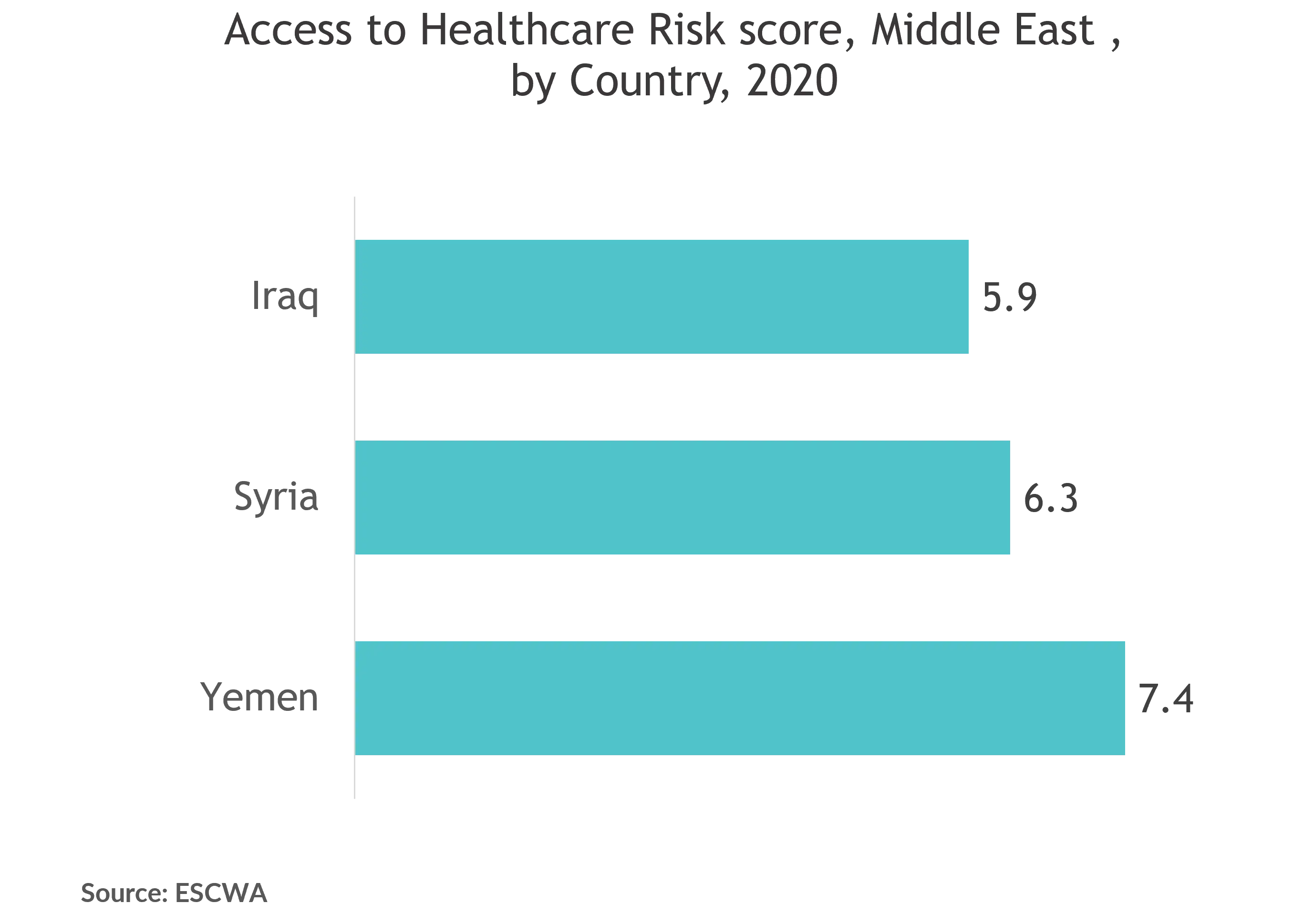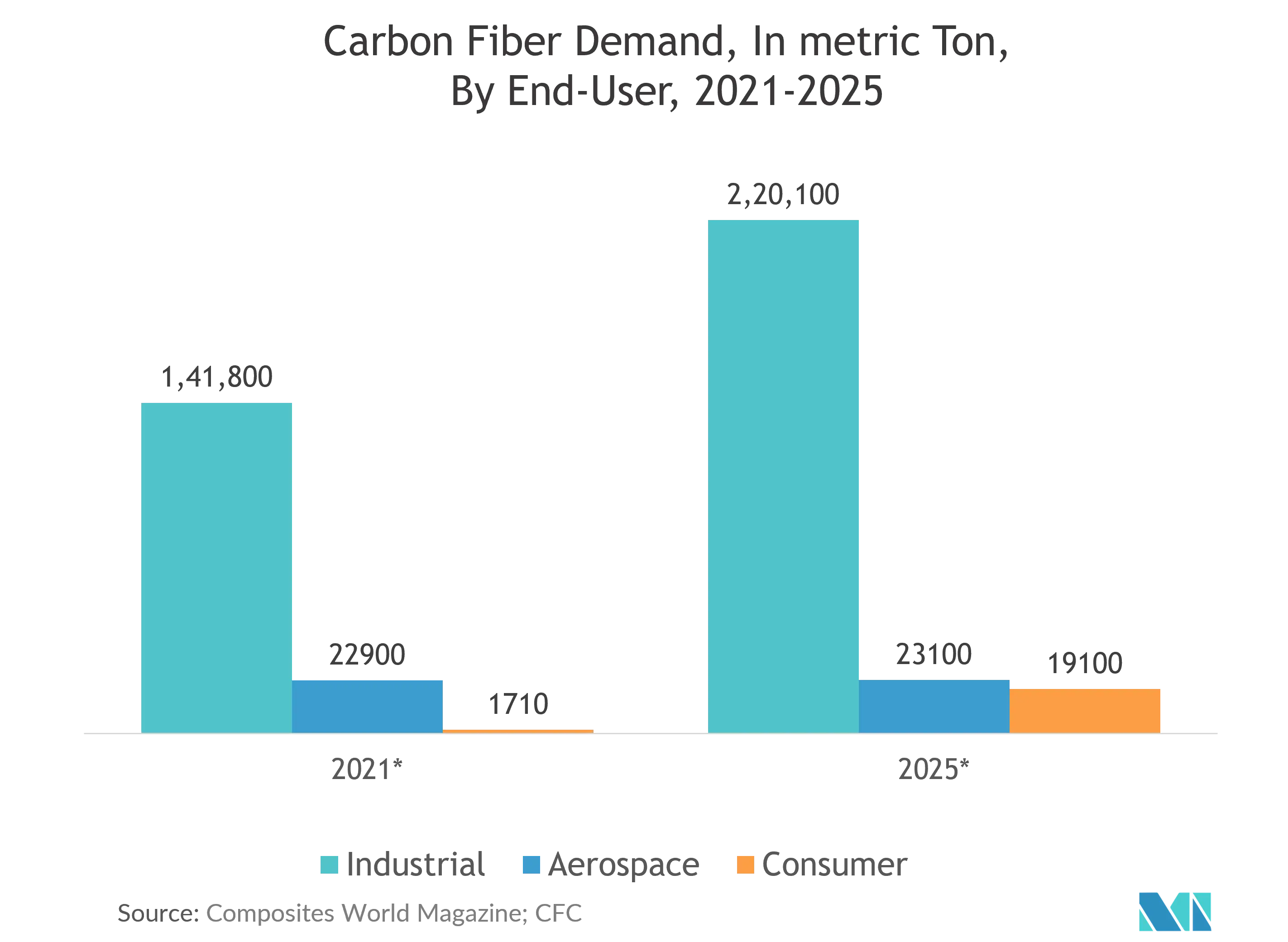Market Trends of Middle East and Africa 3D 4D Technology Industry
This section covers the major market trends shaping the MEA 3D 4D Technology Market according to our research experts:
Healthcare is Expected to Hold SIgnificant Share
- Dubai Health Authority has committed to regulating and setting the standards of the use of the technology in the healthcare sector and is expected to focus on developing 3D bioprinted teeth, bones, medical, artificial organs and surgical devices, and hearing aids. This is expected to contribute to the growth of the market positively studied over the forecast period.
- Further, in 2020, medical experts from the Dubai Health Authority's Innovation Centre collaborated with Sinterex O to bring 3D printing to the point. It provides medical professionals at DHA with, patient-specific anatomical model, where workflows start with the patient data acquisition from a CT or MRI scan where the data is brought into medical image segmentation software, allowing the physician to isolate the specific anatomical region of interest.
- Furthermore, knee replacement surgeries are common in the region, among other joint surgeries, and the most important factor for achieving high accuracy and success rates is preoperative planning, during which the orthopedic surgeon normally uses expensive, time-consuming, scarcely available modalities (CT, MRI). To overcome the obstacle, players are announcing new innovative technologies to improve the physician workflow.
- In 2020, RSIP Vision, Israel, announced a new innovative AI-based solution for 3D reconstruction of knees from X-ray Images. This technology provides physicians a rich 3D modeling of each bone, which could help in providing critical data for surgery planning and implant fitting, improving physicians' workflow and reducing the need for high-cost and high-radiation currently used methods. Physicians will receive a precise 3D anatomical model of the patient's knee, enabling optimal pre-op planning and precise implant tailoring.
- The companies are investing in the latest healthcare technology, which will drive market growth in the region. For Instance, In November 2021, Bypass raises a pre-seed round of USD1 million to grow its health-tech offering across Egypt. Newer companies are attempting to build names for themselves in wholly different categories as companies like Vezeeta, Chefaa, and Yodawy grow by supplying telemedicine, diagnostics, and pharmaceutical items.

3D printer is Expected to Witness Significant Growth
- The medical sector in Egypt has reaped the benefits of 3D printing technology. Public 3D printing healthcare services are being offered by labs such as Fablab Egypt. Then there's Project Nitrous, which has a remarkable application in Egypt that allows disabled people to build their own prosthetics. Medical models and tools are designed and manufactured by Amtech 3D printing Egypt.
- In August 2021, DEWA's 3D printing construction project has reportedly taken more than five years to complete, but it is now open for business. The R&D Centre, located 50 kilometers south of Dubai in the Mohammed bin Rashid Al Maktoum Solar Park, is believed to have four sub-laboratories, including dedicated electronics, software, mechanics, and prototype capabilities.
- Additionally, the Dubai Health Authority (DHA) and Arab Health Exhibition and Congress, in February 2018, announced a strategic partnership to give the healthcare professionals in the region an insight into the future of 3D bioprinting. Dubai plans to host up to 700 companies in the new center dedicated to 3D bioprinting as part of its aim to become the global hub for technology by 2030.
- In August 2021, Pantheon Development is a luxury home, villa, apartment, and penthouse developer based on the outskirts of Dubai's Umm Al Sheif residential district. Typically, the company uses traditional building methods to create these opulent housing complexes, but it is now reportedly considering employing 3D printing for the first time.
- The United Arab Emirates is quickly rising as one of the strong players in the additive landscape. Though the small country in the region has not necessarily put forward influential additive manufacturing (AM) hardware systems, it has been adopting the technology across a range of sectors (most notably, in the medical field).


